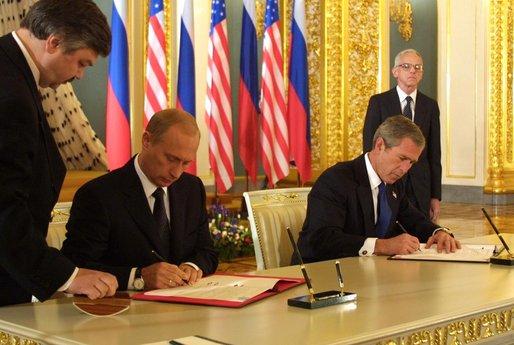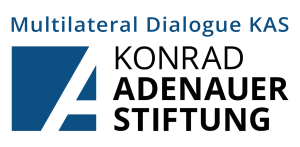Signed on 24 May 2002, the treaty, also known as the Moscow Treaty, became part of a series of bilateral nuclear arms reduction treaties between Russia and the US with each side agreeing to limit the number of their strategic nuclear warheads to 1700-2200, building on previous reductions.
Why It Matters
The treaty fulfilled the commitments of both US President George W. Bush and Russian President Vladimir Putin to reduce their respective overall stockpiles of nuclear weapons. At the time of signing SORT the START I Treaty was still in force and the adherence of both parties to it was articulated in Article II of the SORT treaty. The treaty expired on 31 December, 2012 and was superseded by New START.
The provision on the reduction of nuclear warheads did not, however, include specifics for meeting the terms of the treaty, and its verification regime consisted of biannual meetings of its Bilateral Implementation Commission, while both parties wanted to rely on the mechanisms of the START I treaty. SORT put limits on “operationally deployed” intercontinental ballistic missiles (ICBMs) with no limit on the number of warheads kept in storage by both powers. Despite the limited scope of the SORT treaty it achieved some of the objectives of its signers. For Russia, negotiating a binding agreement with the US was perceived a success, and the US maintained flexibility in the nature of its nuclear arsenal.
Further materials:
https://www.armscontrol.org/factsheets/sort-glance





